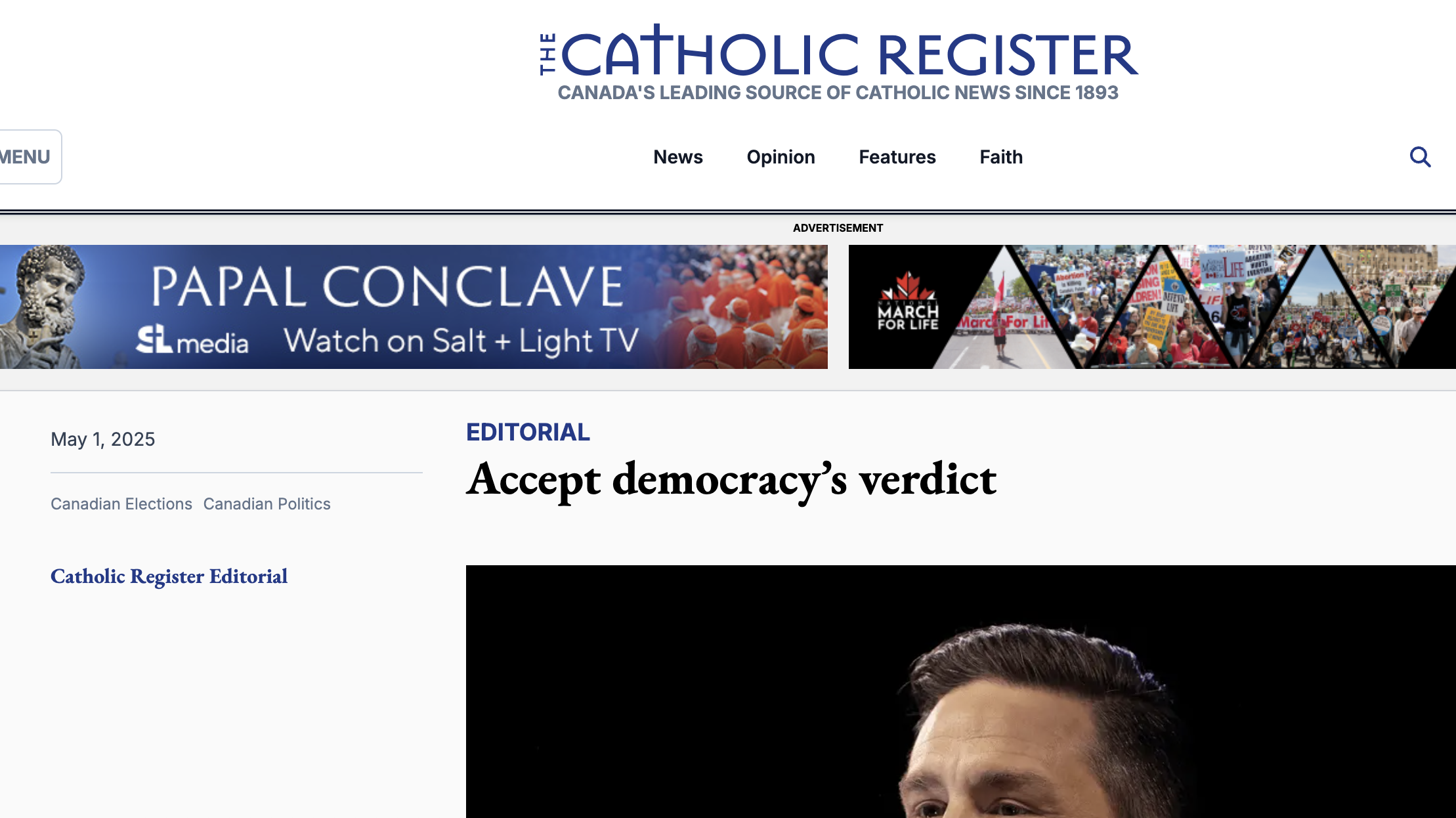This development stunned the world since an alliance between Communism and Nazism had been inconceivable.
At the core of the MRP were its secret protocols declaring the Baltic States, Finland, eastern Poland and Bessarabia in Soviet Russia’s and the majority of Poland in Germany’s sphere of influence. The unrestrained military strengthening of Germany had already become a major problem in world politics by the late 1930s. With the signing of the MRP at onset of WWII, Eastern European countries found themselves caught between two aggressive totalitarian regimes.
Millions had already lost their lives in both Nazi Germany and Stalinist Russia long before the first round of World War II was fired. A startling pattern of behavior was emerging in the shape of purges and ethnic cleansings (the Holocaust and Holodomor), deportations, labor camps and concentration camps, extrajudicial killings and imprisonments. Before long, both Nazi Germany and the Soviet Union occupied parts of Poland. Indeed, in September 1939, The New York Times, in an editorial titled “The Russian Betrayal,” concluded that ideologically the Nazis and Soviets were not that far apart and depicted Hitlerism as brown communism and Stalinism as red fascism.
Become a subscriber to continue reading!
Every week we bring you news from the community and exclusive columns. We're relying on your support to keep going and invite you to subscribe.
Starting from $2.30 per week.




